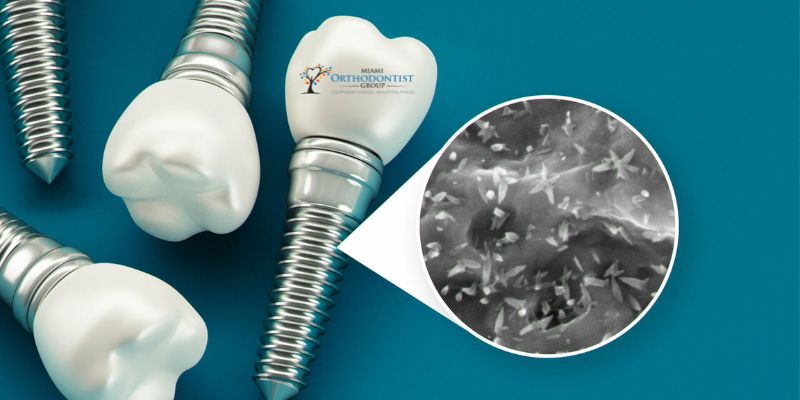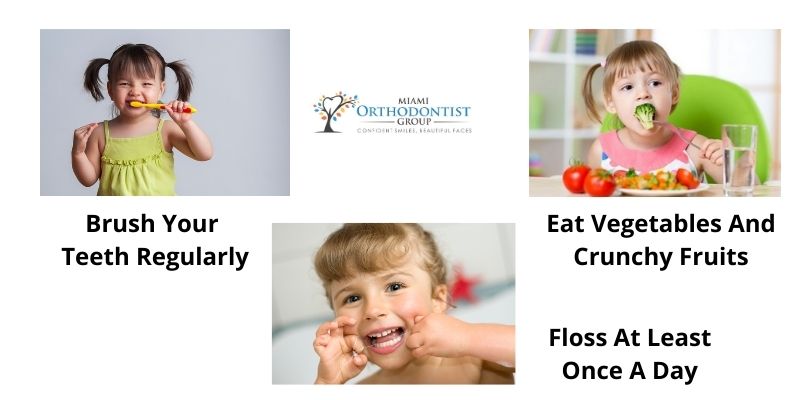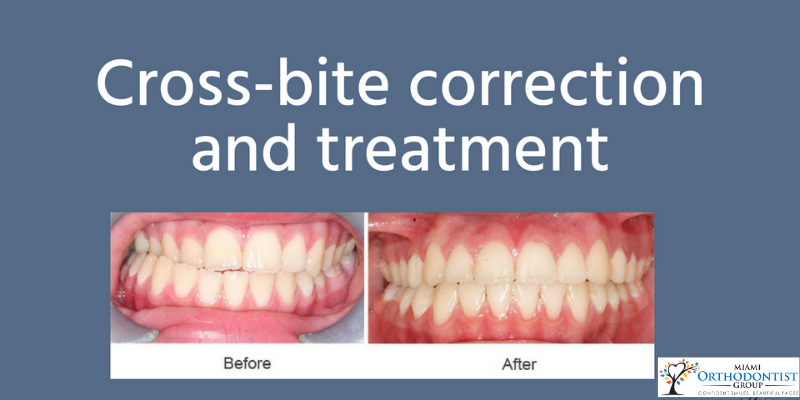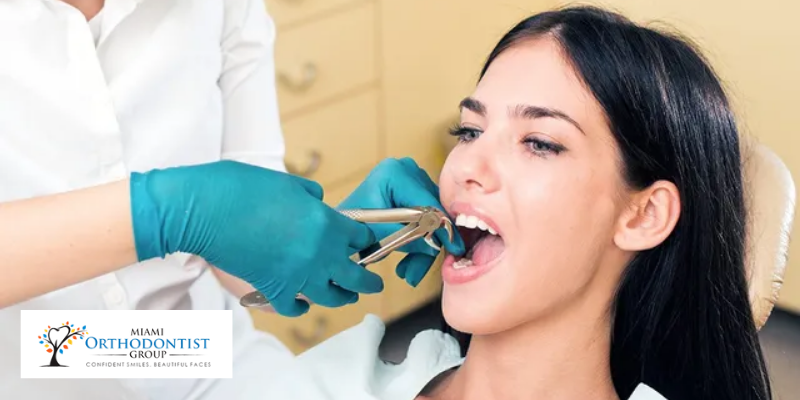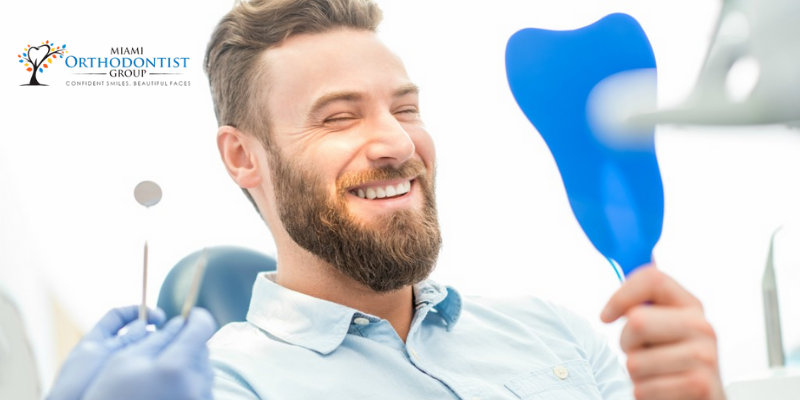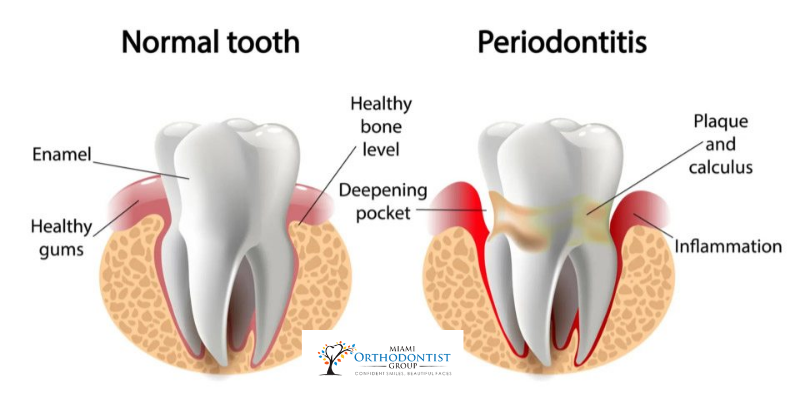Continue reading "How Can Dentofacial Orthopedics Transform Your Smile?"
A beautiful smile not only enhances your appearance but also boosts your confidence. Dentofacial orthopedics can be a game-changer for you if you have dental and facial structure issues. Dentofacial orthopedics is a specialized field of dentistry that focuses on correcting and guiding the growth and development of the facial and jaw bones, ultimately transforming …






